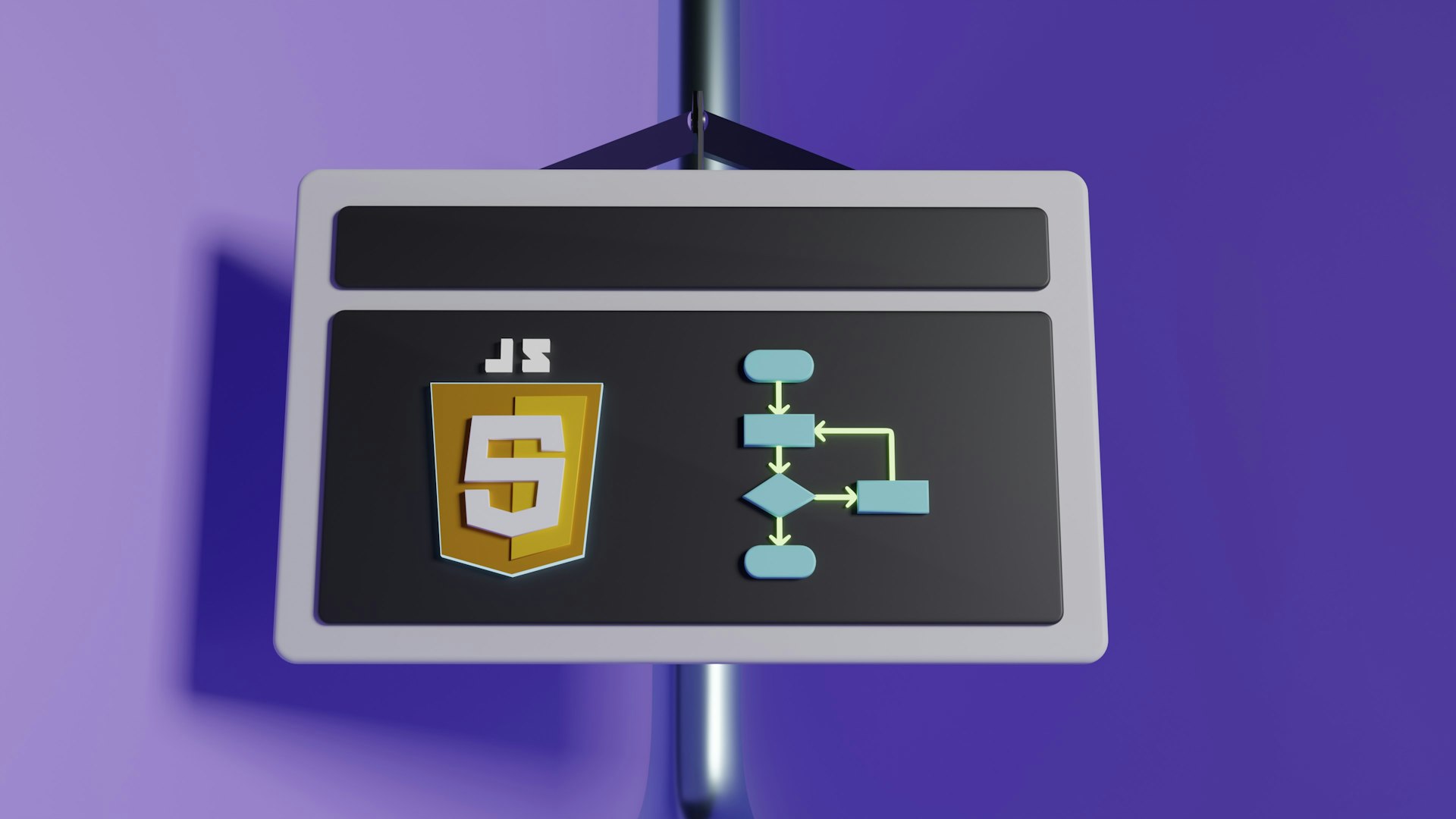Deploying Rails Applications with Kamal: A Complete Guide
1 min read

Introduction to Kamal
Kamal is a deployment tool that makes it easy to deploy containerized Rails applications to any Linux server. It combines the simplicity of Capistrano with the power of Docker.
Why Kamal?
- Zero-downtime deployments
- Built-in SSL with Let's Encrypt
- Simple configuration
- No Kubernetes complexity
- Works with any VPS provider
Initial Setup
First, install Kamal and initialize your project:
gem install kamal
kamal initConfiguration
Configure your deployment in config/deploy.yml:
# config/deploy.yml
service: myapp
image: myapp
servers:
web:
- 192.168.1.1
registry:
username: myusername
password:
- KAMAL_REGISTRY_PASSWORD
env:
clear:
RAILS_LOG_TO_STDOUT: true
secret:
- RAILS_MASTER_KEY
- DATABASE_URLDockerfile Optimization
# Multi-stage build for smaller images
FROM ruby:3.3-slim as base
FROM base as build
RUN apt-get update -qq && \\
apt-get install --no-install-recommends -y \\
build-essential git libpq-dev
COPY Gemfile* ./
RUN bundle install
FROM base
COPY --from=build /usr/local/bundle /usr/local/bundle
COPY . .
CMD ["./bin/rails", "server"]Database Management
Kamal accessories make it easy to manage databases:
accessories:
db:
image: postgres:15
host: 192.168.1.2
port: 5432
env:
clear:
POSTGRES_USER: myapp
secret:
- POSTGRES_PASSWORDDeployment Commands
# First deployment
kamal setup
# Subsequent deployments
kamal deploy
# Rolling back
kamal rollback
# Viewing logs
kamal app logsMonitoring and Maintenance
- Use
kamal app execfor Rails console access - Monitor with
kamal traefik logs - Clean up old images with
kamal prune